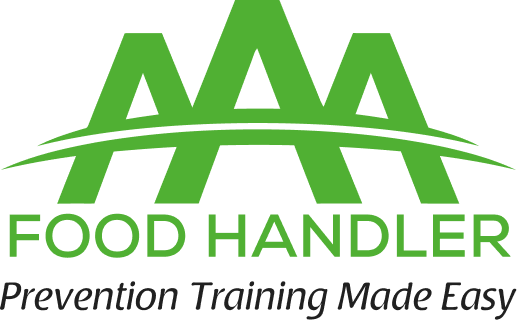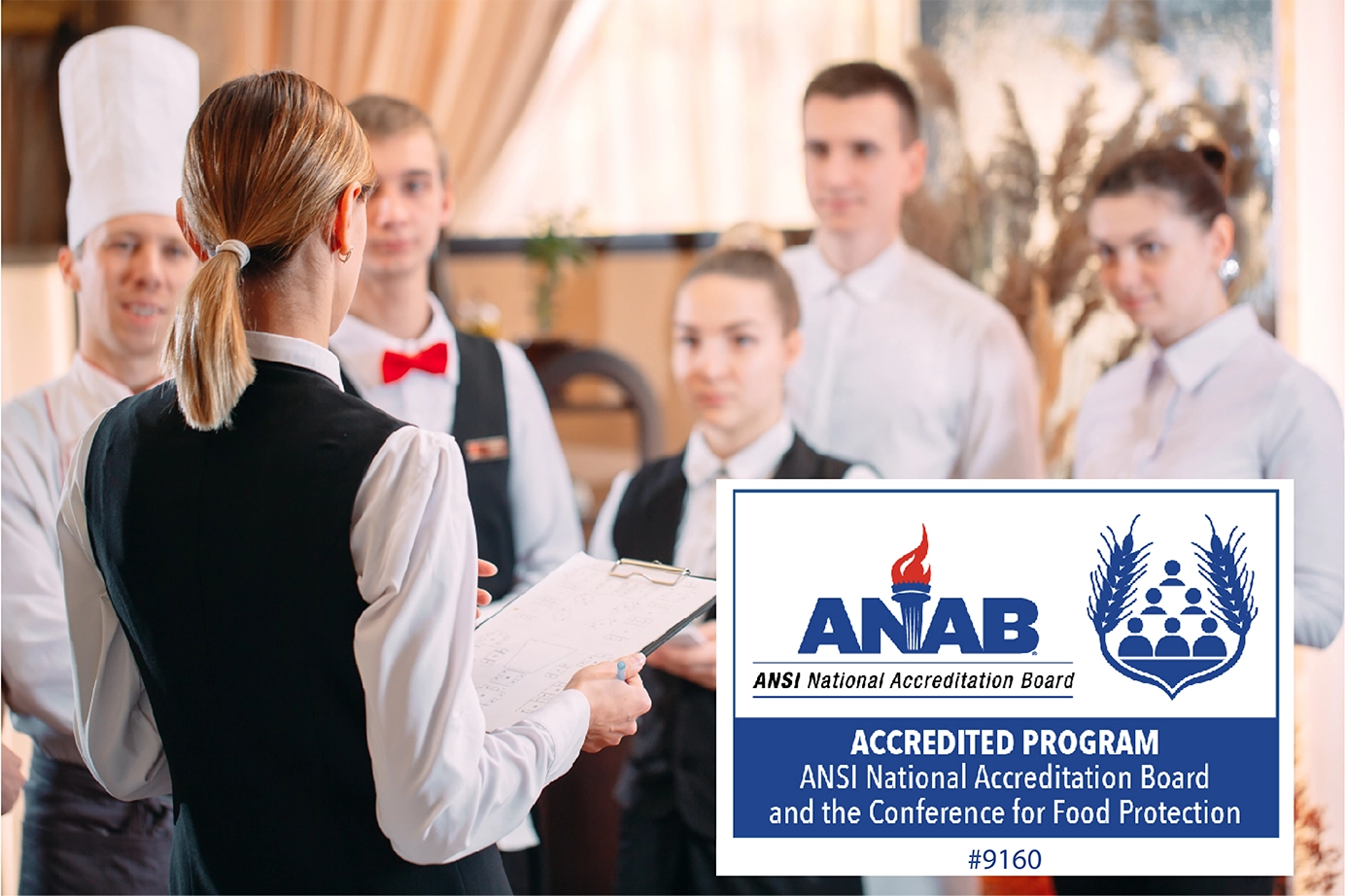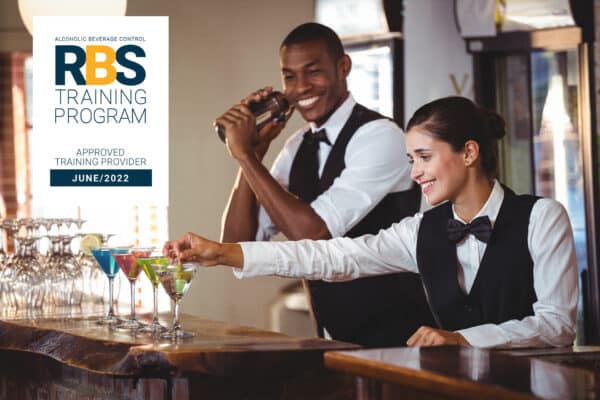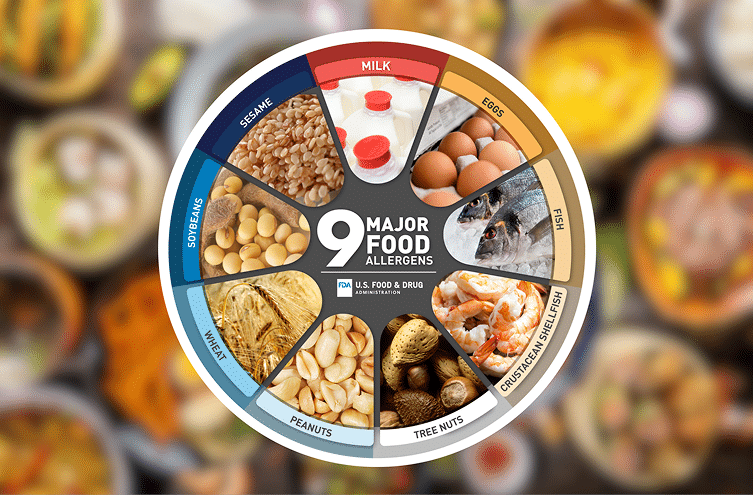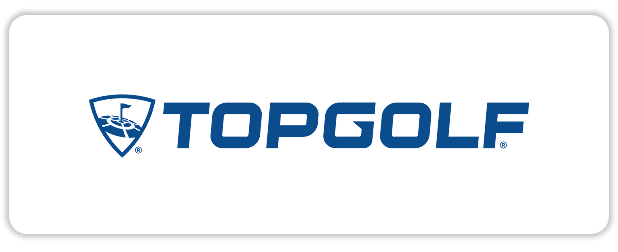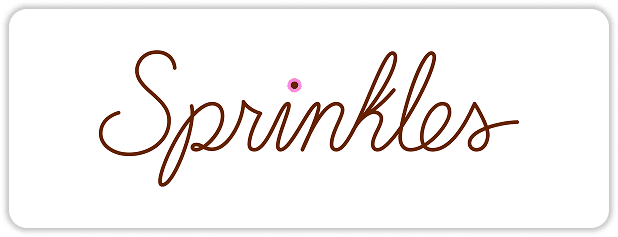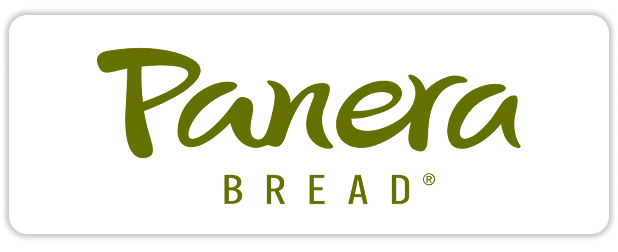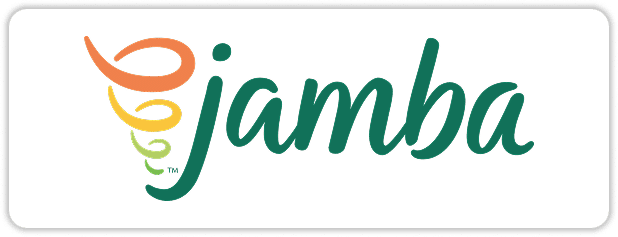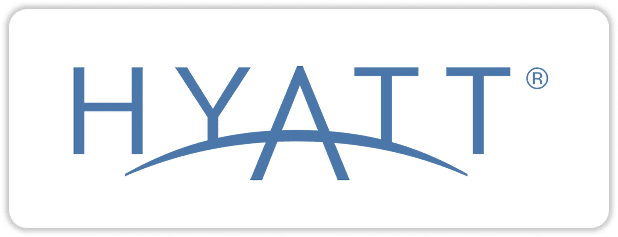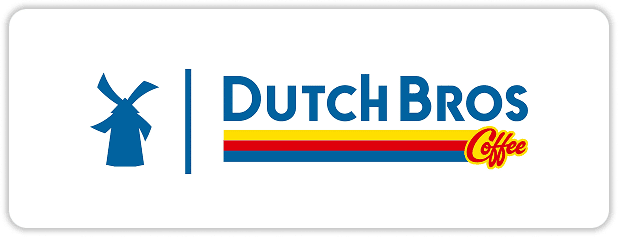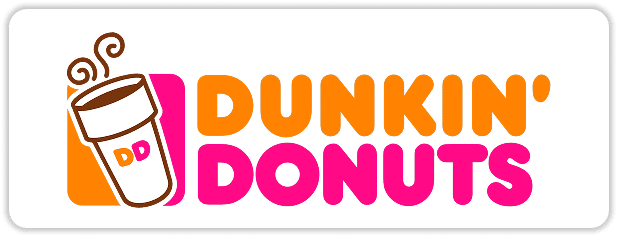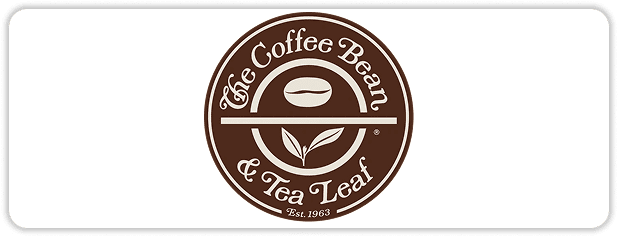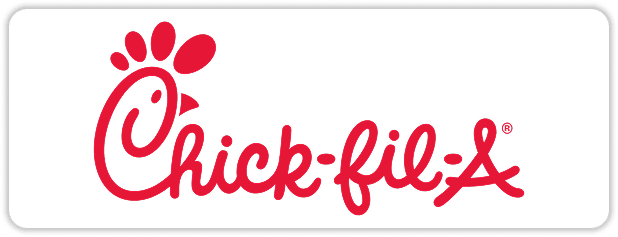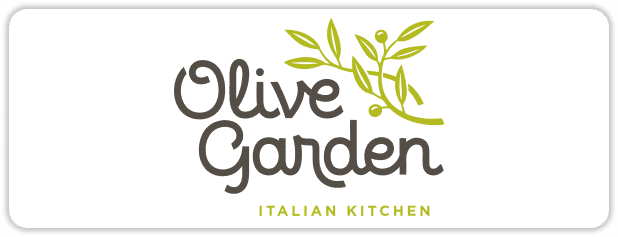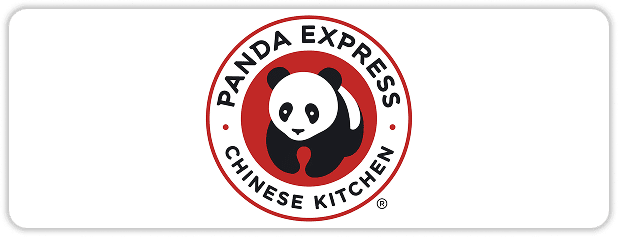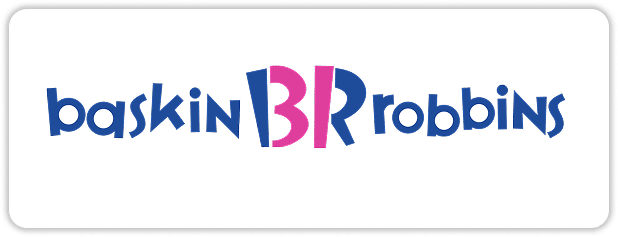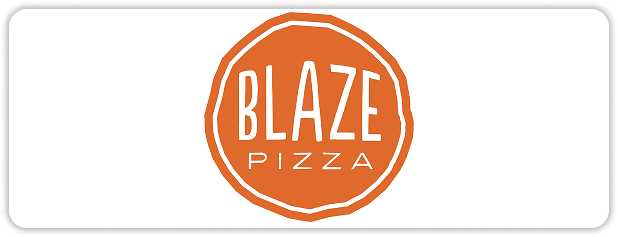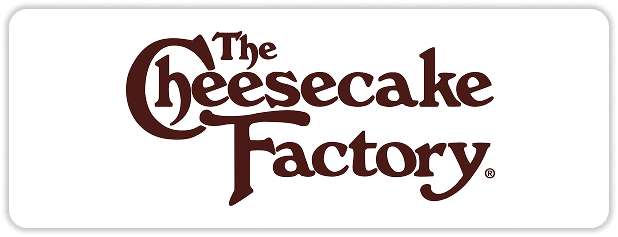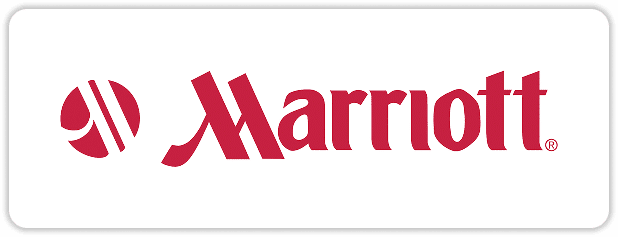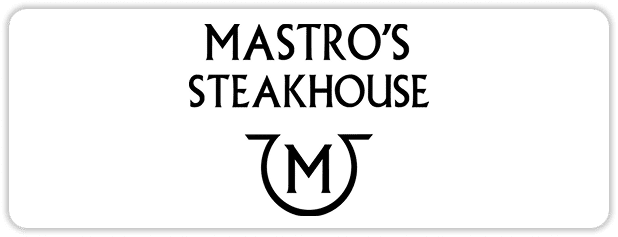
Workplace Hygiene: Are Beard Nets Required by Law?
Good personal hygiene is essential for preventing foodborne illnesses and keeping food safe. One key component of hygiene in foodservice operations is the use of a hair restraint, including beard nets.
Many food workers ask: “Are beard nets required by law?” This article explains who must wear hair restraints, the types available, and additional personal hygiene practices critical for food safety.

Are Beard Nets Required by Law?
Hair is considered a physical hazard because it can fall into food or contaminate food-contact surfaces.
Under the FDA Food Code, all employees who enter a kitchen or food preparation area must wear a hair restraint, including anyone with a beard who must wear a beard net.
However, certain staff members who handle only prepackaged foods or beverages, such as counter staff, hostesses, and wait staff, typically do not need to wear hair restraints while serving.
Wearing a hair restraint keeps hair and dead skin cells from contaminating food, food-contact surfaces, utensils, and equipment. Even individuals with short hair or a shaved head should wear a hair restraint to maintain food safety standards.
Summary:
Everyone entering a kitchen must wear a hair restraint to prevent contamination, and anyone with a beard must wear a beard net — answering the common question: are beard nets mandatory in food handling? Yes, in areas where food is prepared.
Types of Hair Restraints and Proper Usage
Hair restraints include any item that effectively contains hair. Common options include:
- Hair nets: Usually elastic and disposable, often brown or blue.
- Bouffant caps: Similar to medical or operating room head coverings, typically white or blue.
- Hats or caps: Baseball caps or chef hats can be used if clean and properly positioned to contain hair.
- Headwraps: Chefs often use these as an effective alternative to hats.
The type of hair restraint worn depends on what the food establishment provides or allows, but all must cover hair completely to comply with food safety regulations.
Summary:
Hair nets, bouffant caps, chef hats, and headwraps are all acceptable as long as they effectively restrain hair. Your establishment’s policies may dictate which option you must use.
Good Personal Hygiene and Cleanliness Practices
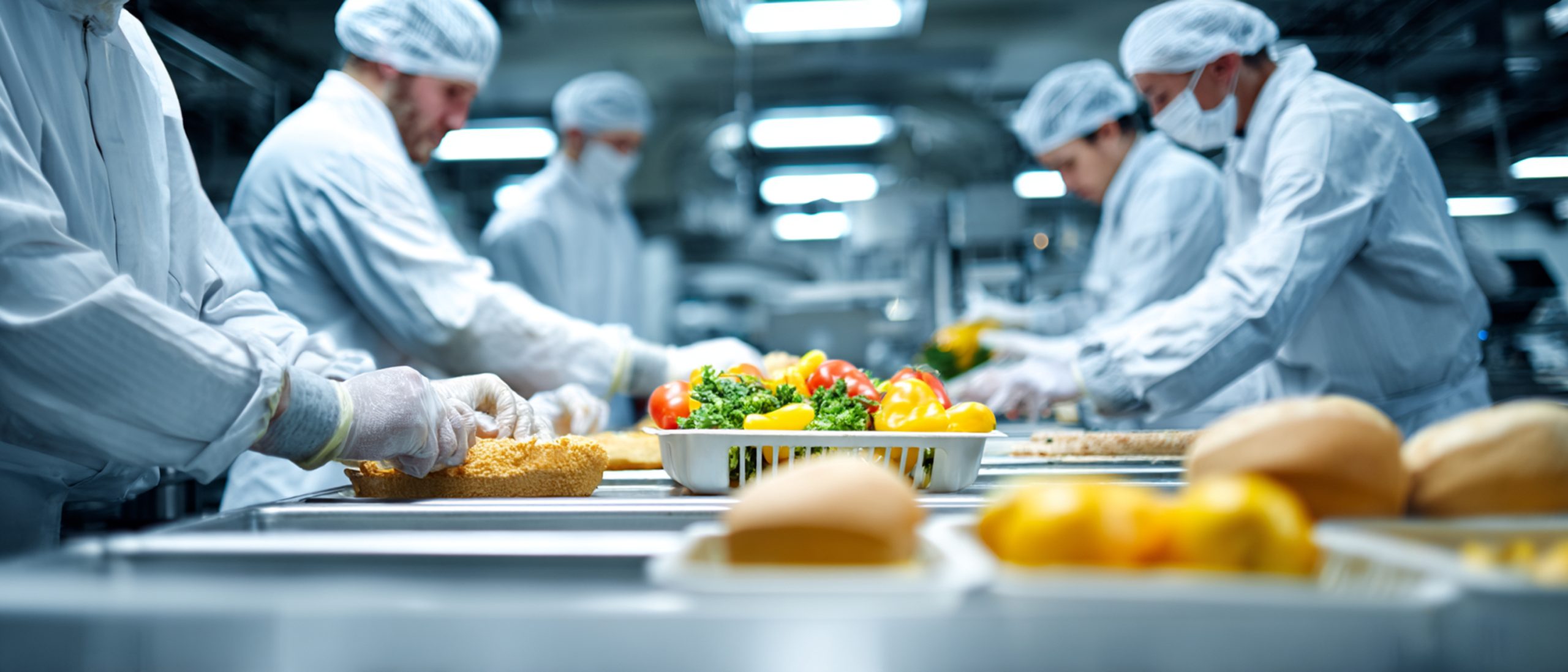
Wearing a hair restraint is just one aspect of proper food hygiene. Food handlers should also follow these best practices:
- Eat, drink, or use tobacco/vape products only in designated areas away from food, utensils, and equipment.
- Avoid handling food if experiencing persistent sneezing, coughing, or a runny nose.
- Cover cuts or wounds on hands with bandages and use single-use gloves approved for foodservice.
- Avoid handling animals in food prep areas.
- Wash hands in designated sinks when contaminated and between glove changes.
- Keep fingernails trimmed, smooth, and free from polish or artificial nails unless gloves are worn.
- Limit jewelry to a plain ring or wedding band; avoid watches or bracelets in food prep areas.
- Always wear clean outer clothing.
Following these rules reduces the risk of contamination and keeps customers safe from foodborne illnesses.
Summary:
In addition to wearing a hair restraint, practicing proper hygiene and cleanliness is essential for every food handler to maintain safe food operations.
Advanced Food Safety Certification Options
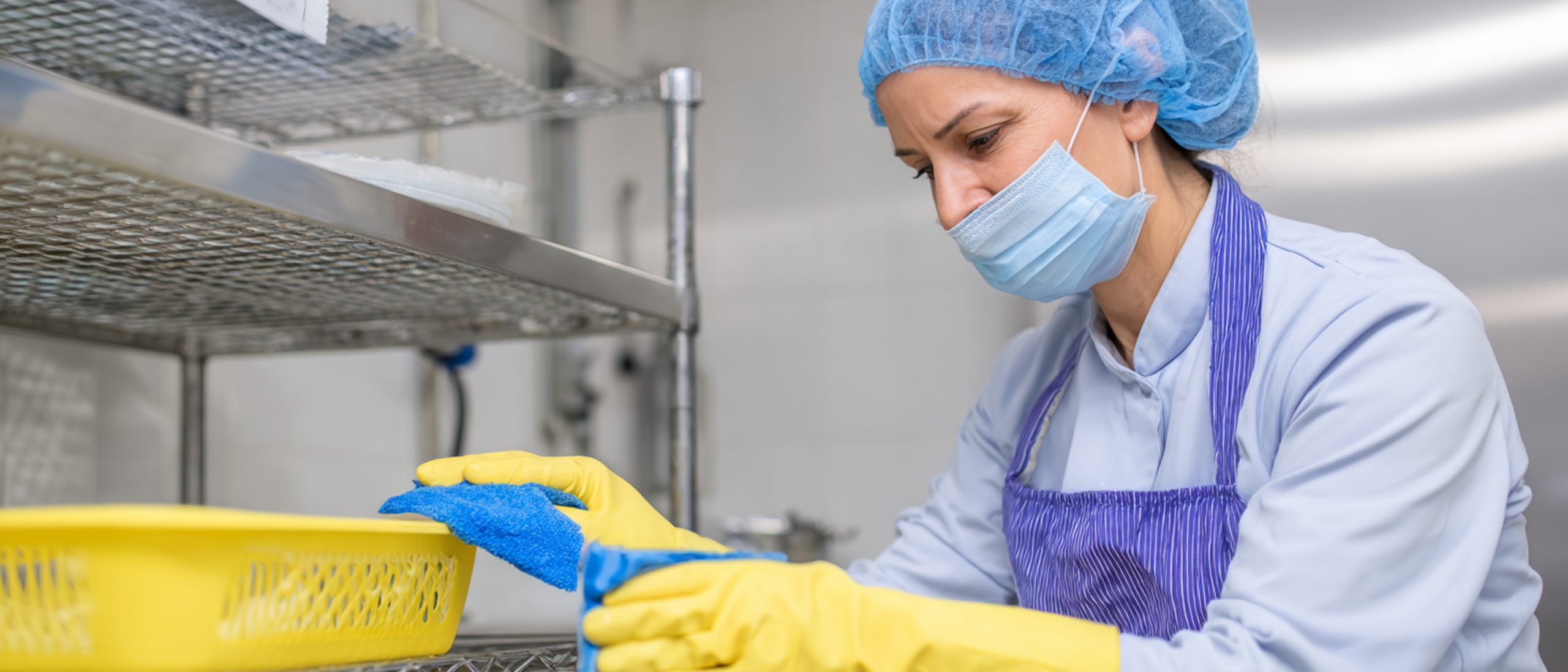
Pursuing a Certified Food Protection Manager (CFPM) credential through a nationally accredited food manager certification through the ANSI National Accreditation Board (ANAB) — helps ensure you understand all aspects of food safety, including hazard prevention, sanitation, and allergen control.
When selecting a course, look for programs accredited by the ANSI National Accreditation Board (ANAB) and the Conference for Food Protection (CFP).
Completing an ANSI National Accreditation Board (ANAB) Accredited program provides nationally recognized Food Protection Manager Certification and demonstrates your commitment to Food Safety Certification standards.
These certifications, approved by the Conference for Food Protection (CFP), go beyond hair restraint compliance and hygiene rules, helping food establishments maintain the highest level of safety and regulatory adherence.
Summary:
Even though hair restraints are the baseline requirement, completing a nationally accredited food manager certification through an ANAB-accredited program strengthens your food safety expertise and compliance credentials.
The Bottom Line
All employees entering a kitchen or food preparation area must wear an effective hair restraint. Anyone with a beard must also wear a beard net — yes, beard nets are required by law in these areas.
The type of hair restraint depends on what your establishment supplies or allows. Along with wearing hair restraints, all food handlers must follow proper hygiene and cleanliness practices to prevent contamination.
For foodservice managers or those seeking advanced knowledge, earning a Certified Food Protection Manager (CFPM) credential through a nationally accredited food manager certification program, such as an ANSI National Accreditation Board (ANAB) Accredited program or Conference for Food Protection (CFP) program further enhances food safety compliance and operational credibility.
